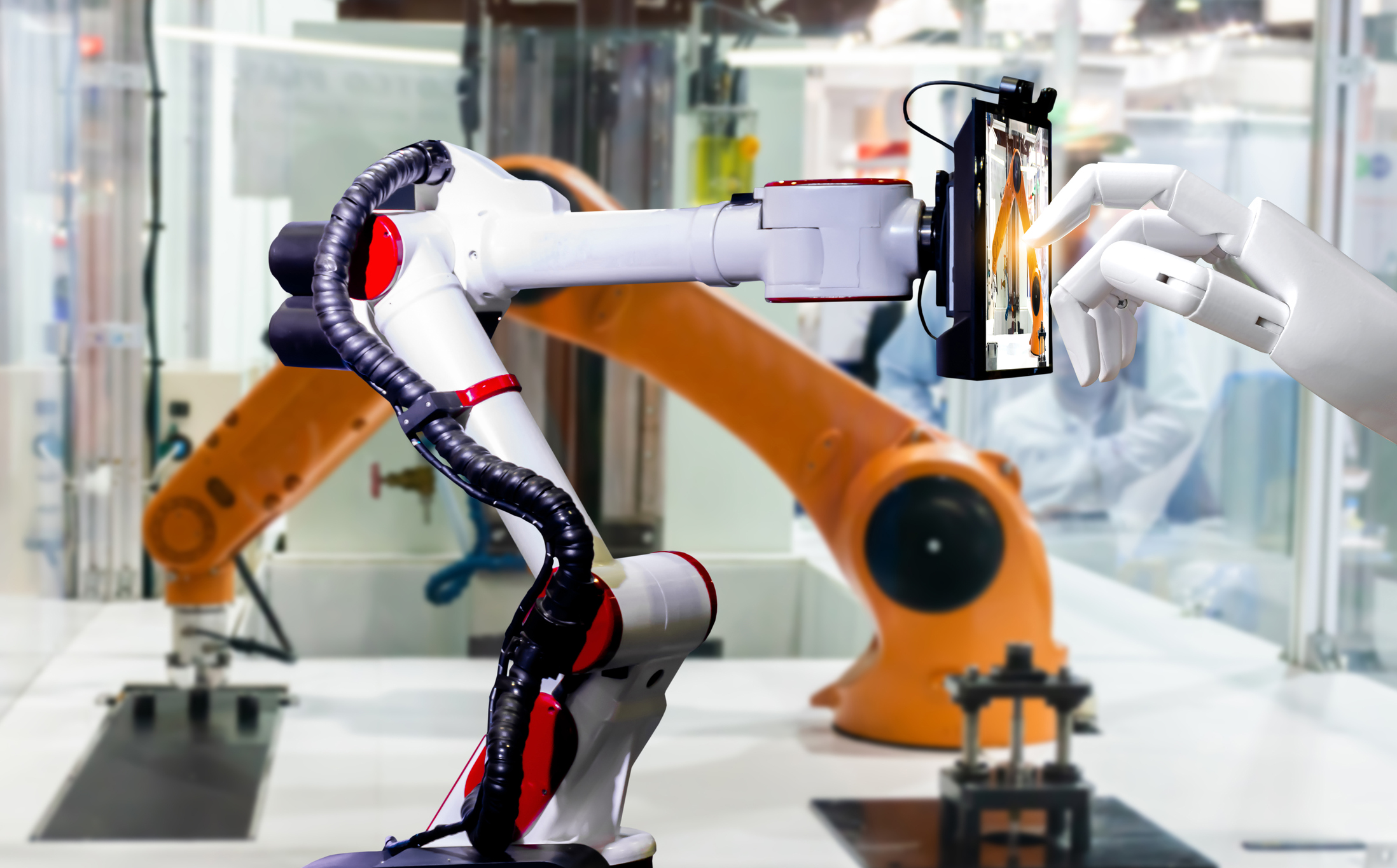With all the benefits offered by the previous stage, there is still another leap to be made. Digital transformation(DX) can be achieved by applying Data & Assets Digitalization for information processing, a Connected Enterprise system for streamlined collaboration, and a comprehensive redesign to fit Market and Customer Needs. Integrating these elements actually changes a company’s business model at a fundamental level, and represents the pinnacle of progress in today’s business world.
Digital transformation makes a company’s public-facing platforms interactive and responsive to real-time input. Uber (or Grab, for example) takes digitized company data – like who and where its available drivers are – and presents it to users on demand. AirBnB follows a similar approach, showing its ‘inventory’ of properties to users, each of whom it remembers. This way, the user experience is fully optimized to provide the exact product (or information) the customer is looking for.
Facebook, Google, Amazon, and a host of other industry-leading companies operate in a nearly identical way. Some auto insurance companies have begun putting sensors in their customers’ cars, to monitor their driving habits; their premiums may go up or down depending on how carefully they drive. Tesla is already one of the world’s most valuable car brands, despite never having paid for a single advertisement, because it makes the most of the online dimension. Like other connected enterprises that have made this leap, Tesla thinks of itself as a technology company that focuses on redefining the user experience.
Each of these companies succeeded because they were able to change the way their industry operates. A ‘store’ no longer needs to be a physical location; a ‘hotel’ can now be somebody’s spare apartment; a ‘car’ is not necessarily owned privately, but is now defined as a method of mobility that does not require ownership (or even a human driver) anymore.
The Japanese construction company Komatsu has followed a typical path which illustrates how digital transformation represents a revolutionary change in today’s business models. The company, which sells bulldozers, cranes, and other equipment for builders, made a conscious decision to look beyond their own physical products for new ways of improving the customer’s experience.
So they began adding sensors and GPS devices to their vehicles and linking them to a secure online network with an original interface. Then they began collecting other types of construction-related data – from 3D surveying maps of the area (via drones and observation cameras), to weather forecasts, motion trackers, and more. They used that information to develop LANDLOG, an integrated digital platform with a visual representation of the construction site. Via this platform, a single authorized user can manage operations across the entire site – including exercising precise control over Komatsu equipment.
Digital transformation through the ABeam ecosystem brings unprecedented value to the customer, by collecting massive amounts of data and using it to create a completely fresh user experience. By way of comparison, if digitization is like an efficient car engine, and digitalization is a dashboard that talks to you, then ABeam’s digital transformation is like having a self-driving car.
Digital transformation can synthesize all of the company’s data, across different processes, to turn a traditional production center into a smart factory. It can scan actual product details from the company as well as its competitors, examine fluctuations in consumer demand, and suggest new product designs to fit an anticipated market niche. It can compile predictive models for business strategy, projecting hypothetical outcomes based on a comprehensive reading of public and private data.
By integrating and analyzing massive amounts of information for the direct benefit of the customer, digital transformation unlocks the hidden potential within every industry. Top-level decisions can at last be made with a clear view of the road ahead, leading to real value creation through connected data networks.
When compared to the limited possibilities of just a decade ago, such as the isolated digitization of closed processes, the true scope and promise of modern digital transformation can be appreciated. The new digital value chain allows for smooth integration of coordinated sets of processes, but puts the user experience at the center. It maximizes opportunities for customization, while maintaining improved efficiency at every level. It receives the full benefit of Data and Assets Digitalization, a Connected Enterprise model, and a renewed focus on Market and Customer Needs – opening the door to long-term industry success.

